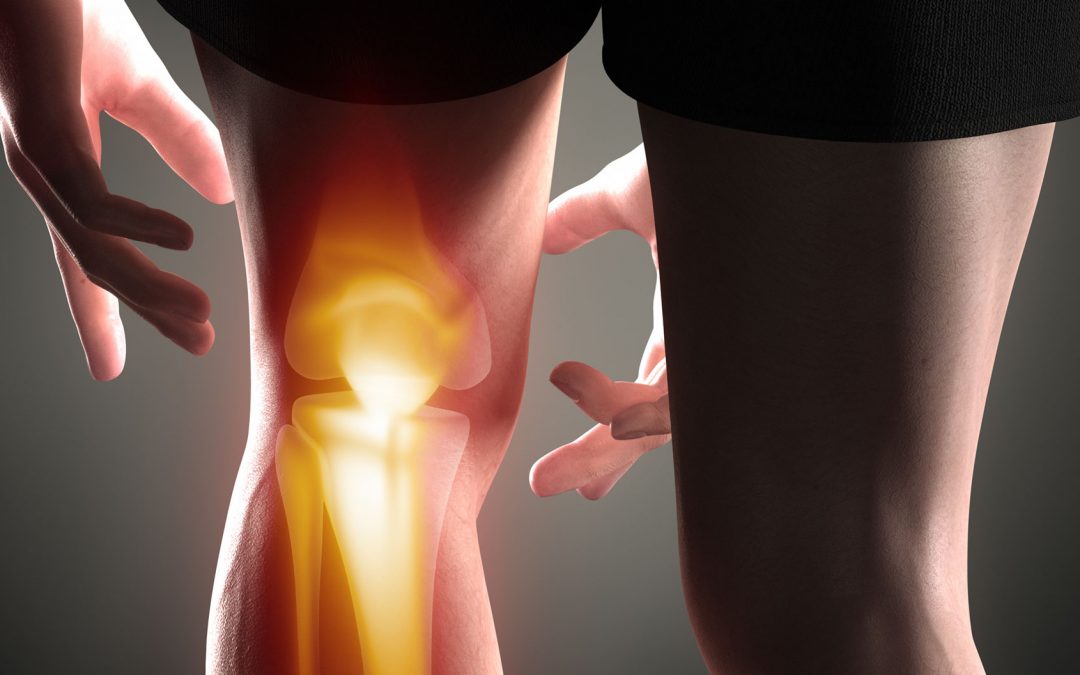Anterior cruciate ligament (ACL) injury is a very common and debilitating injury among athletes but can also occur in the general population.
The ACL is one of the major ligaments that help stabilise the Knee joint. It specifically stops your Tibia (shin bone) from moving or sliding forward on your femur (thigh bone).
ACL injuries can occur from both contact and non-contact mechanisms. ACL injuries most commonly occur in pivoting sports or sports that involve sudden stops, jumping or landing such as rugby league, AFL, soccer and netball.
What is the likelihood of me tearing my ACL?
Females are more susceptible than males with some studies suggesting a 1.5-1.7 increase in likelihood. It is estimated that one in 29 females and 1 in 50 male athletes will rupture their ACL. (1) The evidence is mixed as to why this is but things such as differences in anatomy, muscle strength and hormonal influences may play a part.
What will it feel like if I tear my ACL?
Most people that tear their ACL describe a “pop” or a feeling of giving way during the incident. After the injury swelling may appear, it may feel unstable and it may be hard to fully straighten your knee or walk. Some people are able to walk and have little pain after the incident even if it is torn.
What should I do if I think I have torn my ACL?
Booking in with a physiotherapist will allow them to assess your knee for stability and signs of a tear. From there if they think you may have a tear you will require an MRI to assess the extent of the damage. As the ACL is quite a strong ligament and a large amount of force is required for it to tear it is common for other structures such as your meniscus or medial collateral ligament (MCL) to be damaged as well.
What are my options if I have torn my ACL?
This is very goal dependent. There are 2 treatment paths that you could consider:
- Conservative treatment:
- Usually a minimum of 3 months of physiotherapy treatment to help improve muscular strength, range of motion, balance and proprioception and get you back walking and maybe even running
- Surgical intervention
- Surgery is often the chosen choice for individuals that want to return to sport
- The rehabilitation process to return to pivoting/contact sports is usually between 9-12 months but again is dependent on your goals.
What does the surgery entail?
The surgeon will need to use a graft to replace/reconstruct your ligament. They most commonly take part of your hamstring to use as the graft. They then clean out the area and put in the hamstring to replace the torn ACL. Surgical methods vary depending on the surgeon and type of injury, so we will be able to better advise you once an assessment is made.
If I have surgery what will the rehab consist of?
Rehabilitation will vary depending on what your goal to return is. To return to contact or pivoting sports a minimum of 9-12 months of rehabilitation is needed.
The first 2 weeks is focused around getting full extension (being able to fully straighten your knee) and being able to walk without crutches. From there the aim is to get your knee to bend to approx. 100-120 deg by the 6-week mark.
At the 13 week mark you can begin a return to run program as the graft has had time to heal and fixate into your bone. This phase of rehabilitation is all about getting you moving properly, improving your lower limb strength especially your quads and hamstrings. Balance and proprioception are crucial at this stage and will also be a focus of your rehabilitation.
At the 6 month mark you can begin to return to play activities. You can start with non-contact activities in a controlled environment and building slowly to a return to play at the 9-12 month mark dependent on your functional ability and strength.
- Montalvo AM, Schneider DK, Yut L, et al “What’s my risk of sustaining an ACL injury while playing sports?” A systematic review with meta-analysis British Journal of Sports Medicine 2019;53:1003-1012.


